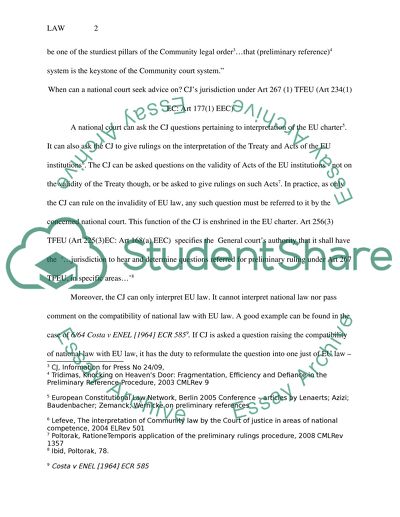Cite this document
(“Preliminary References Essay Example | Topics and Well Written Essays - 1000 words”, n.d.)
Retrieved from https://studentshare.org/law/1444503-preliminary-references
Retrieved from https://studentshare.org/law/1444503-preliminary-references
(Preliminary References Essay Example | Topics and Well Written Essays - 1000 Words)
https://studentshare.org/law/1444503-preliminary-references.
https://studentshare.org/law/1444503-preliminary-references.
“Preliminary References Essay Example | Topics and Well Written Essays - 1000 Words”, n.d. https://studentshare.org/law/1444503-preliminary-references.


